As Bharat emerges as a global spiritual beacon, it’s our duty as Bhartiyas to nurture our motherland. Together, let’s uphold Sanatan values, guiding the world and fostering holistic growth for a brighter tomorrow.
As Bharat emerges as a global spiritual beacon, it’s our duty as Bhartiyas to nurture our motherland. Together, let’s uphold Sanatan values, guiding the world and fostering holistic growth for a brighter tomorrow.
A global humanitarian charity providing relief to victims of natural and man-made disasters—floods, earthquakes, famine—and empowering communities through self-help initiatives and long-term support
Fueled by decades of witnessing courage and resilience across Bharat, our teams unite with a shared purpose: to recognize humanity as one
refers to one’s moral responsibility and righteous duty. It is a personalized concept, varying by factors like age, profession, and societal role. Dharma ensures order and harmony, urging individuals to live ethically and in alignment with cosmic principles. By following Dharma, one upholds not only personal integrity but also societal balance.
meaning action or deed, highlights the law of cause and effect, where every action leads to corresponding outcomes. This principle extends beyond the present life, influencing future incarnations. Positive actions result in favorable outcomes, while negative actions yield adverse consequences. Karma serves as a moral guide, encouraging ethical choices that contribute to personal growth and the greater good.
or liberation, is the ultimate aim of human life. It signifies freedom from Samsara—the cycle of birth, death, and rebirth—and the attainment of eternal bliss and unity with the divine. Different paths, such as Bhakti (devotion), Jnana (knowledge), and Karma (selfless action), lead to this spiritual realization.
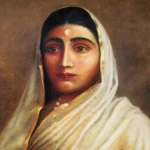
a visionary queen of Malwa (1725–1795), was celebrated for her administrative brilliance, justice, philanthropy, and temple restorations, exemplifying wisdom, compassion, and unwavering dedication to her people.
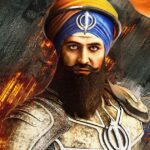
(1670–1716), born Lachman Dev, was a Sikh warrior and Khalsa Army general. A disciple of Guru Gobind Singh, he led a revolutionary campaign against the Mughal Empire, sacked Samana, established Sikh rule in Punjab, abolished feudalism, and empowered farmers. Captured in 1715, he was martyred after enduring brutal torture.
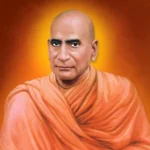
(1856–1926), an Arya Samaj sannyasi and independence activist, founded Gurukul Kangri University, led the Shuddhi reform movement, and promoted Hindu unity. He was assassinated for his controversial views on Islam.
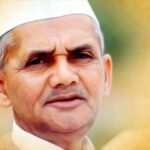
(1904–1966), India’s second Prime Minister, championed simplicity, integrity, and "Jai Jawan, Jai Kisan," leading the nation through the 1965 war and promoting agricultural reforms.
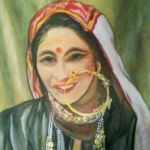
regent of Garhwal (1631–1640), bravely defended her kingdom against Shah Jahan's Mughal army. Using guerrilla tactics, she repelled invaders, secured peace, and earned the title "Nak-Kati Rani" for her bold defiance.
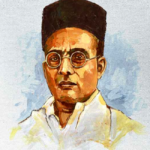
an Indian politician, writer, and activist, shaped the Hindutva ideology, significantly influenced the Indian independence movement, and led the Hindu Mahasabha as a prominent nationalist figure.
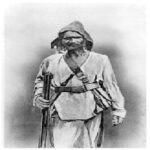
born on 4 April 1842 in Nimar, became a tribal hero opposing British rule post-1857 rebellion. Initially arrested in 1874, he escaped imprisonment in 1878 and turned to dacoity, redistributing looted wealth to his community. Lured into capture by a false pardon, he was tried and hanged on 4 December 1889.
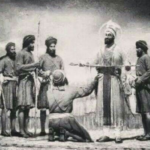
On 30 March 1699 (Baisakhi, 1756 BK), Guru Gobind Singh replaced charan pahul with khanda di pahul at Keshgarh Fort, Anandpur. After kirtan, he drew his sword, asking for a Sikh willing to offer their head. Daya Ram of Lahore stepped forward first, followed by Dharam Das, a Jat from Hastinapur. Three more—Muhkam Chand, a cloth-printer from Dwaraka; Himmat, a water-bearer from Jagannath; and Sahib Chand, a barber from Bidar—offered themselves. These five, the Panj Pyare, became the foundation of the Khalsa.